The Himalayas stretch across eight countries, harboring some of the world’s most isolated and culturally rich mountain communities. These ancient villages have preserved traditions that date back centuries, though they’re increasingly accessible to travelers seeking authentic cultural experiences beyond the typical tourist trail.
From Buddhist monasteries perched on impossible cliffs to traditional farming communities that still follow seasonal rhythms, these destinations offer profound insights into mountain life. Trekking to these remote settlements isn’t just about reaching spectacular viewpoints — the scenery certainly delivers that.
It’s about connecting with people whose daily lives remain intimately tied to the mountains around them. Here is a list of 17 Himalayan village treks that offer culture seekers genuine encounters with traditional mountain communities.
Langtang Valley, Nepal
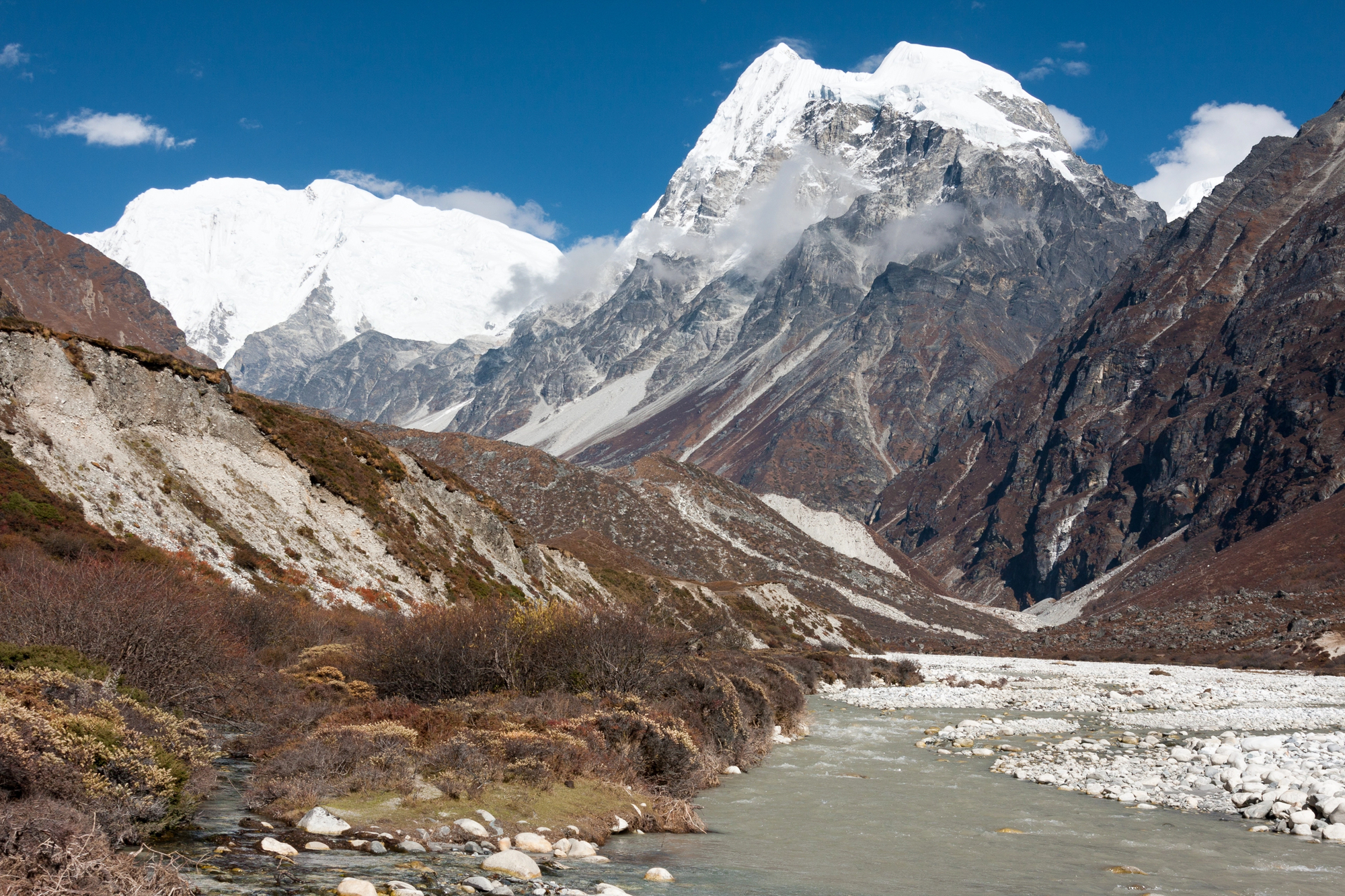
The Langtang Valley trek leads through Tamang villages, where Tibetan Buddhist culture thrives despite decades of political upheaval. Traditional stone houses with carved wooden windows create perfect foreground elements against snow-capped peaks — while prayer flags provide vibrant color contrasts for wide-angle shots.
Local families still practice yak herding and cheese making, offering photographers candid opportunities to capture daily life. Best photography happens during early morning milking sessions or late afternoon when families gather around outdoor fires.
The trek takes 7–10 days with teahouse accommodation available, though bringing a polarizing filter helps manage the intense high-altitude light.
Gokyo Valley, Nepal
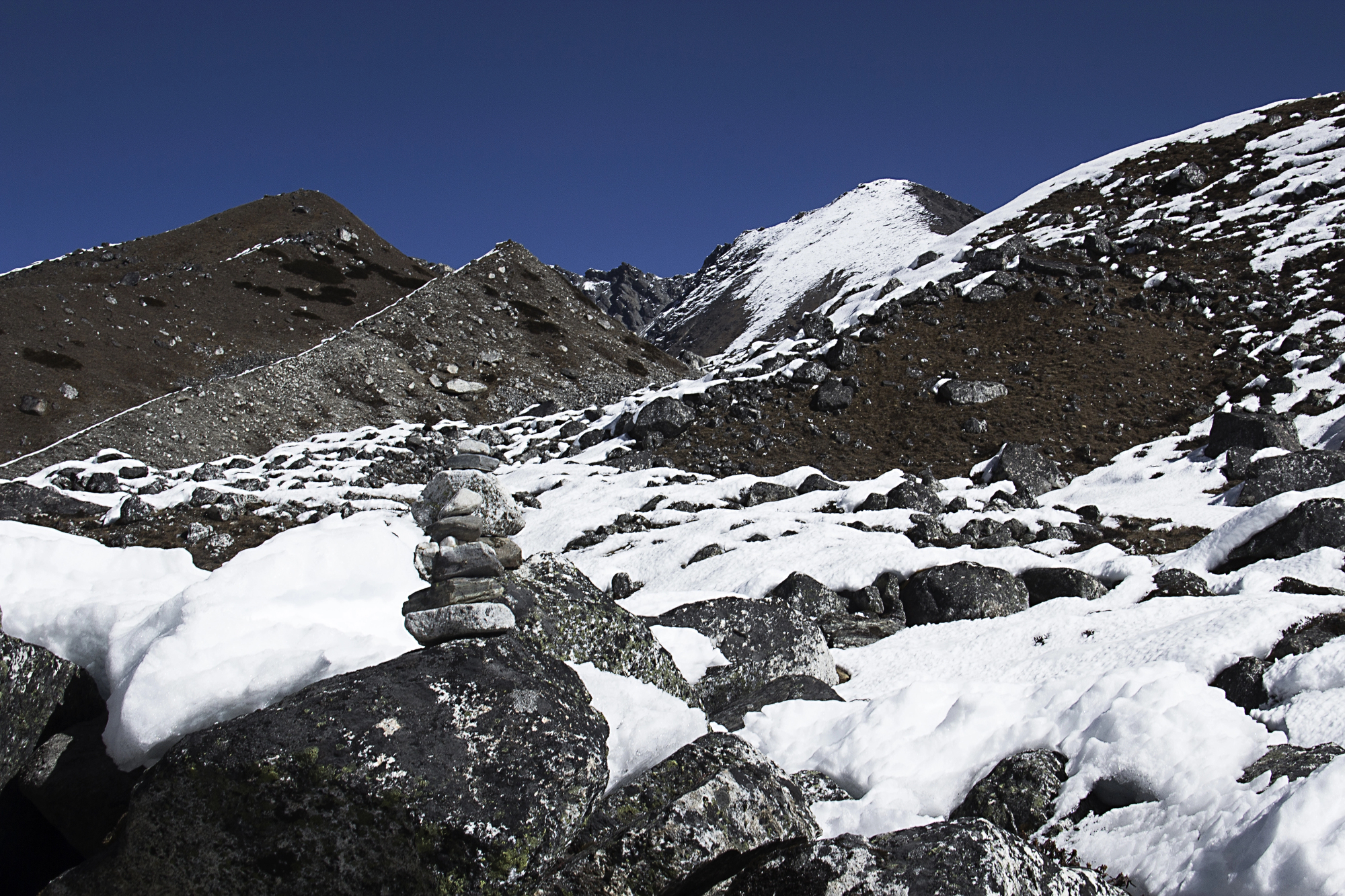
Beyond the famous lakes lies a network of Sherpa villages where traditional life continues much as it has for generations. Gokyo village itself sits at 15,580 feet — making it one of the world’s highest permanent settlements — yet families here maintain complex social structures that provide compelling portrait opportunities.
The local gompa overlooks the valley, creating dramatic silhouettes during sunrise and sunset shoots. Traditional stone walls mark ancient field boundaries, perfect for leading lines in landscape compositions.
Photographers should plan 12–14 days for this trek, bringing extra batteries since cold temperatures drain power quickly at altitude.
Annapurna Circuit, Nepal
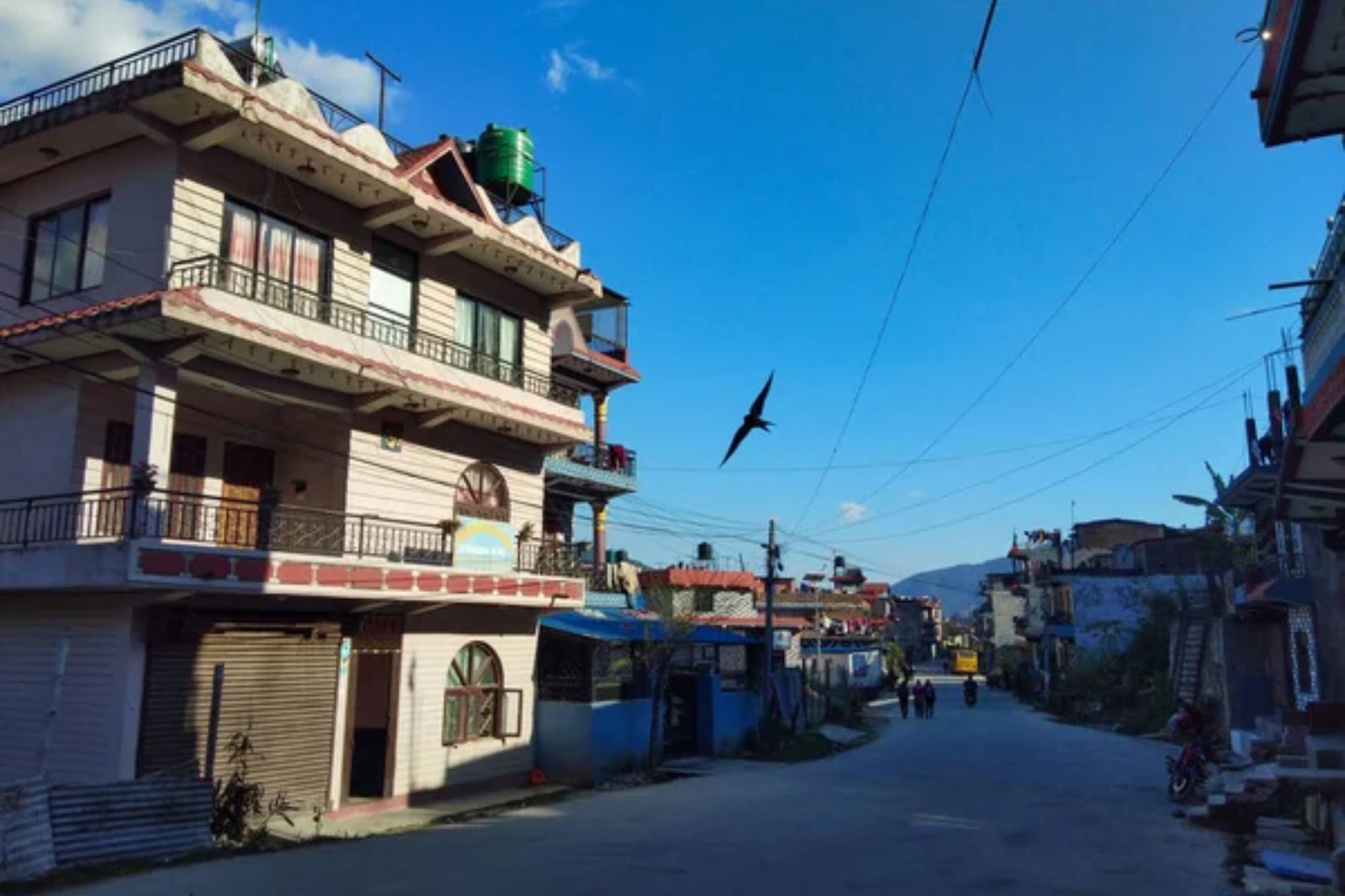
This classic trek passes through diverse ethnic communities, from Hindu villages in the lowlands to Tibetan Buddhist settlements at higher elevations. Manang village serves as a perfect example — where traditional architecture creates stunning backdrops for cultural photography — yet local families blend ancient customs with modern life.
The local monastery holds ceremonies that provide incredible documentary opportunities, though respect for religious practices means asking permission before photographing. Festival seasons offer the most colorful shots, while daily life photography works best during harvest time in autumn. The full circuit takes 15–20 days, with spring and autumn providing the clearest mountain views.
Like Travel Pug’s content? Follow us on MSN.
Upper Mustang, Nepal
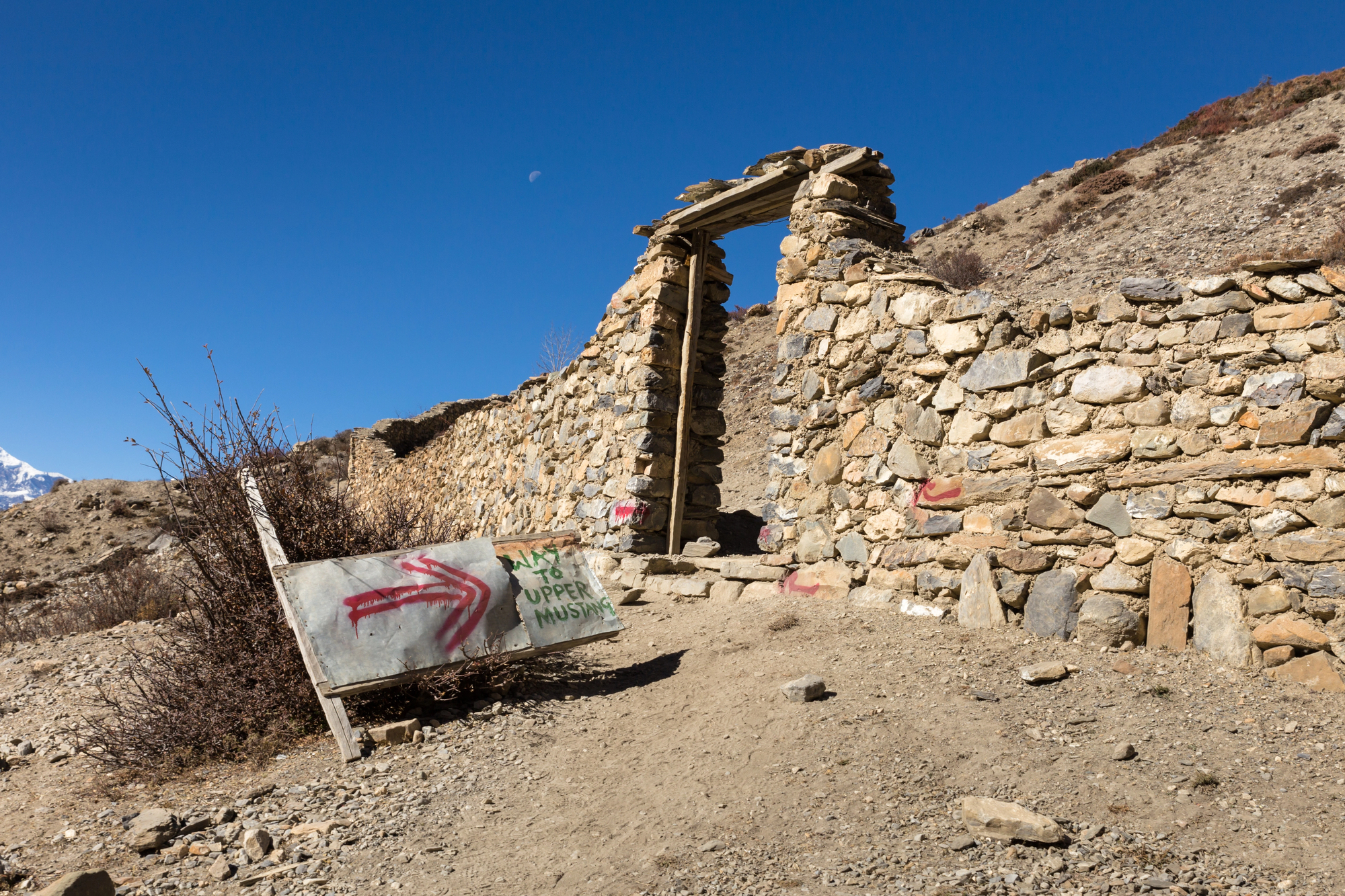
The former kingdom of Lo maintains its distinct Tibetan culture despite being part of Nepal for decades. Walled cities like Lo Manthang preserve medieval architecture — creating opportunities for architectural photography that rivals European medieval towns — while local families continue practicing traditional crafts.
The region’s isolation has protected customs that provide unique cultural documentation opportunities, yet increasing tourism means early morning shoots avoid crowds. Desert-like landscapes require different exposure techniques than typical mountain photography.
Special permits cost $500 for 10 days, though the restricted access ensures authentic cultural encounters without overwhelming tourist presence.
Dolpo, Nepal
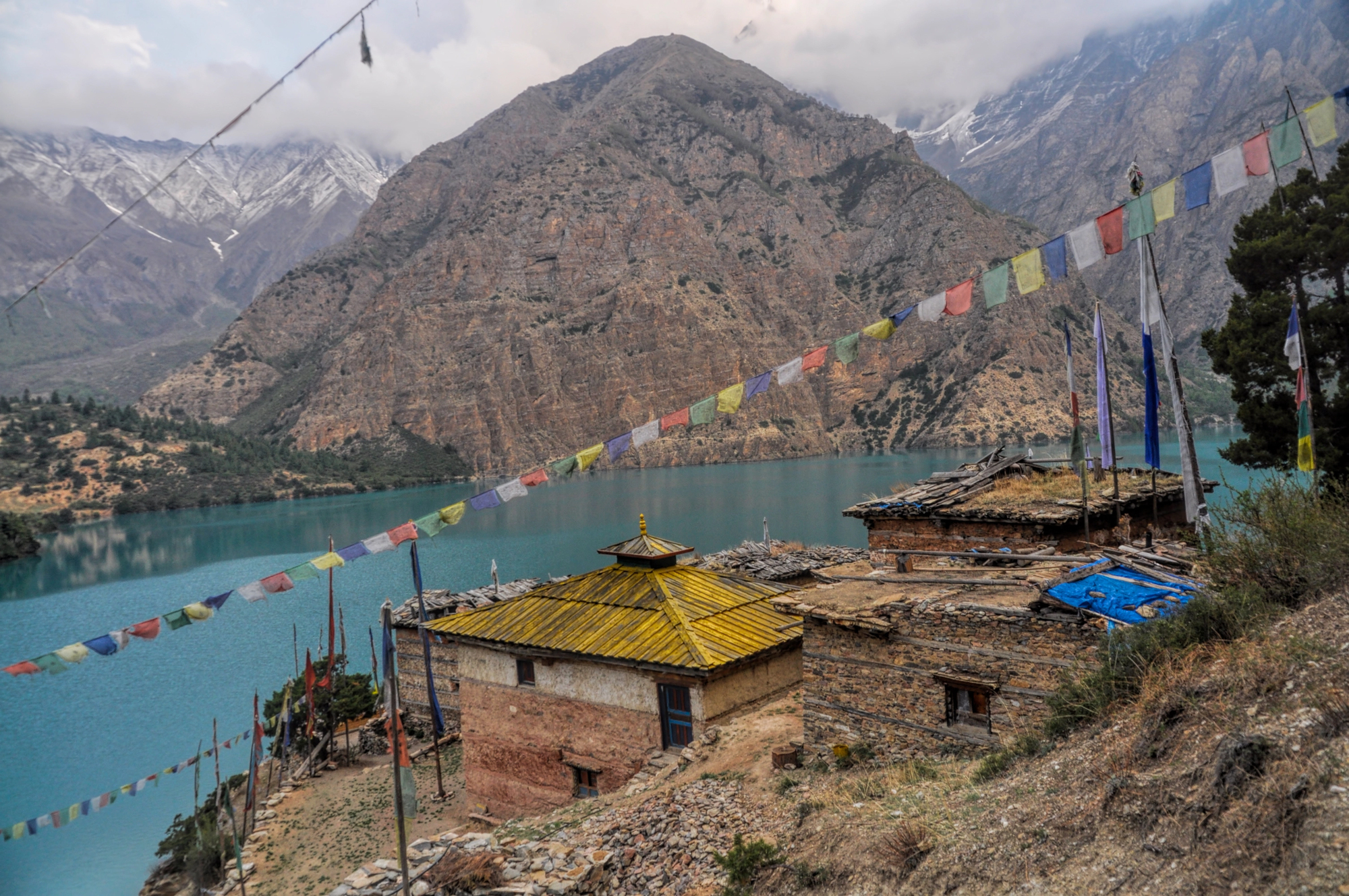
This remote region of western Nepal offers perhaps the most authentic Tibetan Buddhist culture outside Tibet itself. Villages like Ringmo and Saldang maintain traditional polyandrous marriage systems — providing insights into social structures rarely documented elsewhere — while ancient trade routes create compelling landscape photography.
Local shamanic practices blend with Buddhist beliefs, offering photographers rare glimpses into spiritual traditions. Phoksundo Lake’s turquoise waters create stunning reflections, though getting there requires 18–21 days of challenging trekking.
Restricted area permits cost $500 for 10 days, yet the investment pays off with unparalleled cultural photography opportunities.
Zanskar Valley, India
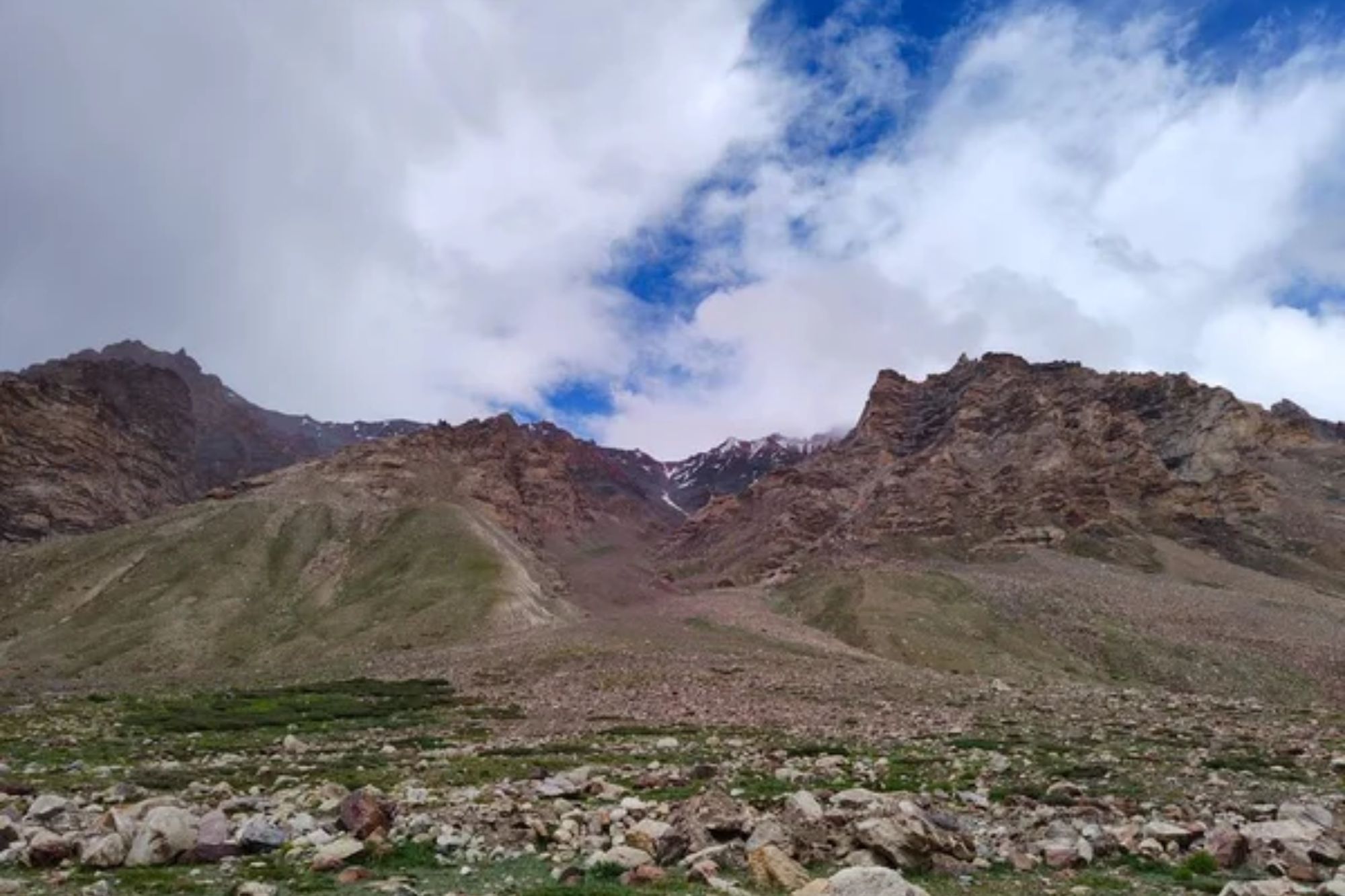
Ladakh’s hidden valley preserves Tibetan Buddhist culture in remarkable isolation, accessible only during summer months when snow melts from high passes. Villages like Padum and Karsha feature ancient monasteries — where monks continue centuries-old traditions that create powerful documentary subjects — while traditional architecture provides geometric compositions against stark mountain backdrops.
Local families practice traditional agriculture using glacier melt irrigation systems, offering agricultural photography opportunities. The famous Chadar Trek across frozen rivers happens in winter, though summer village treks provide better cultural access.
Plan 10–14 days, bringing warm gear even in summer since temperatures drop dramatically at night.
Like Travel Pug’s content? Follow us on MSN.
Spiti Valley, India
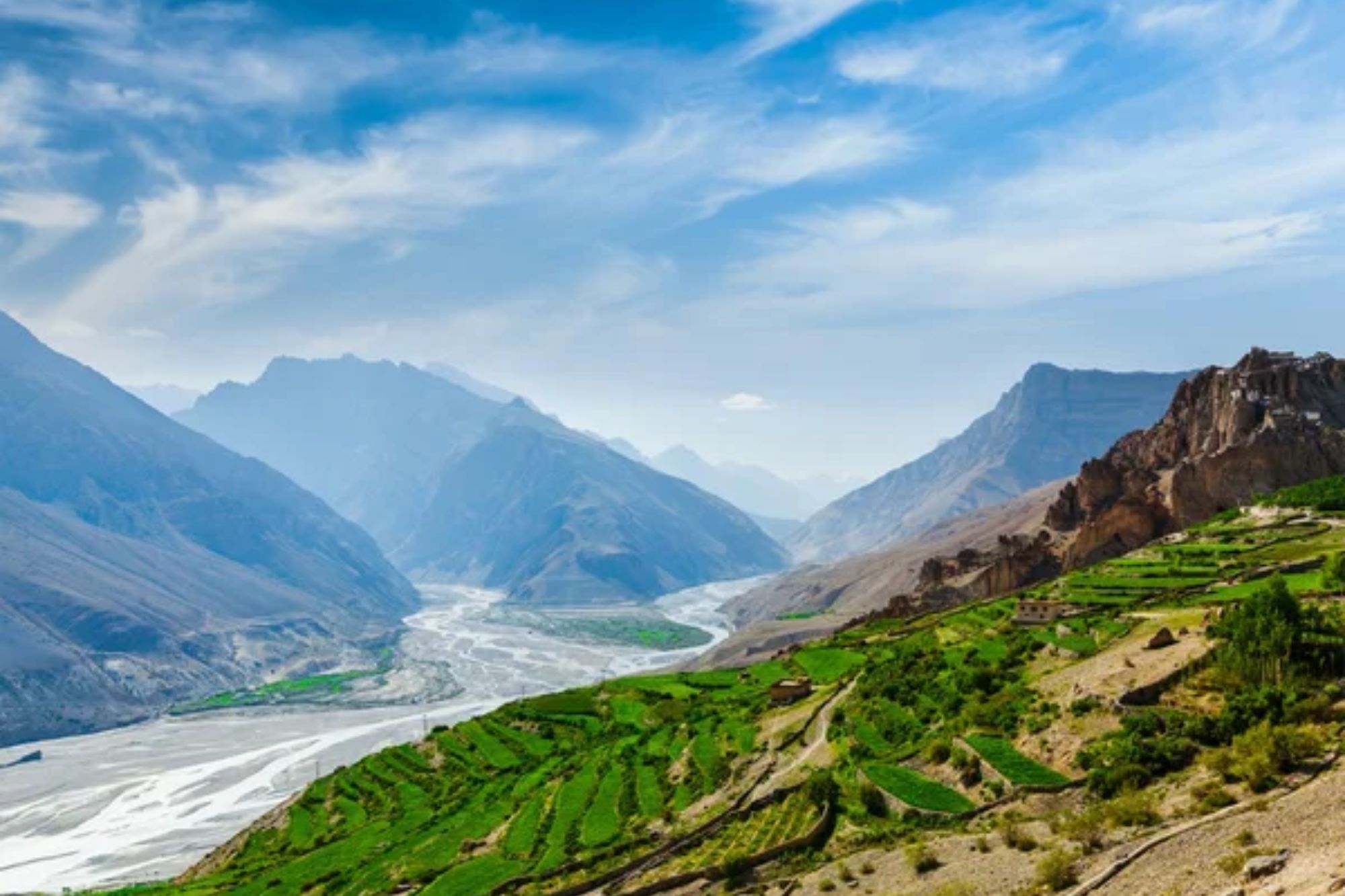
The ‘Middle Land’ between Tibet and India maintains unique cultural traditions that blend influences from both regions in visually striking ways. Villages like Tashigang and Kibber sit above 14,000 feet — creating opportunities for high-altitude lifestyle photography — yet families here cultivate barley and peas using methods that create interesting agricultural compositions.
Local monasteries house ancient Buddhist texts, while traditional festivals provide colorful documentary opportunities. The valley’s stark beauty requires careful exposure management, while portrait photography benefits from the dramatic side-lighting common at high altitudes.
Roads are accessible from May through October, though September offers the best combination of clear weather and harvest activities.
Kinnaur Valley, India
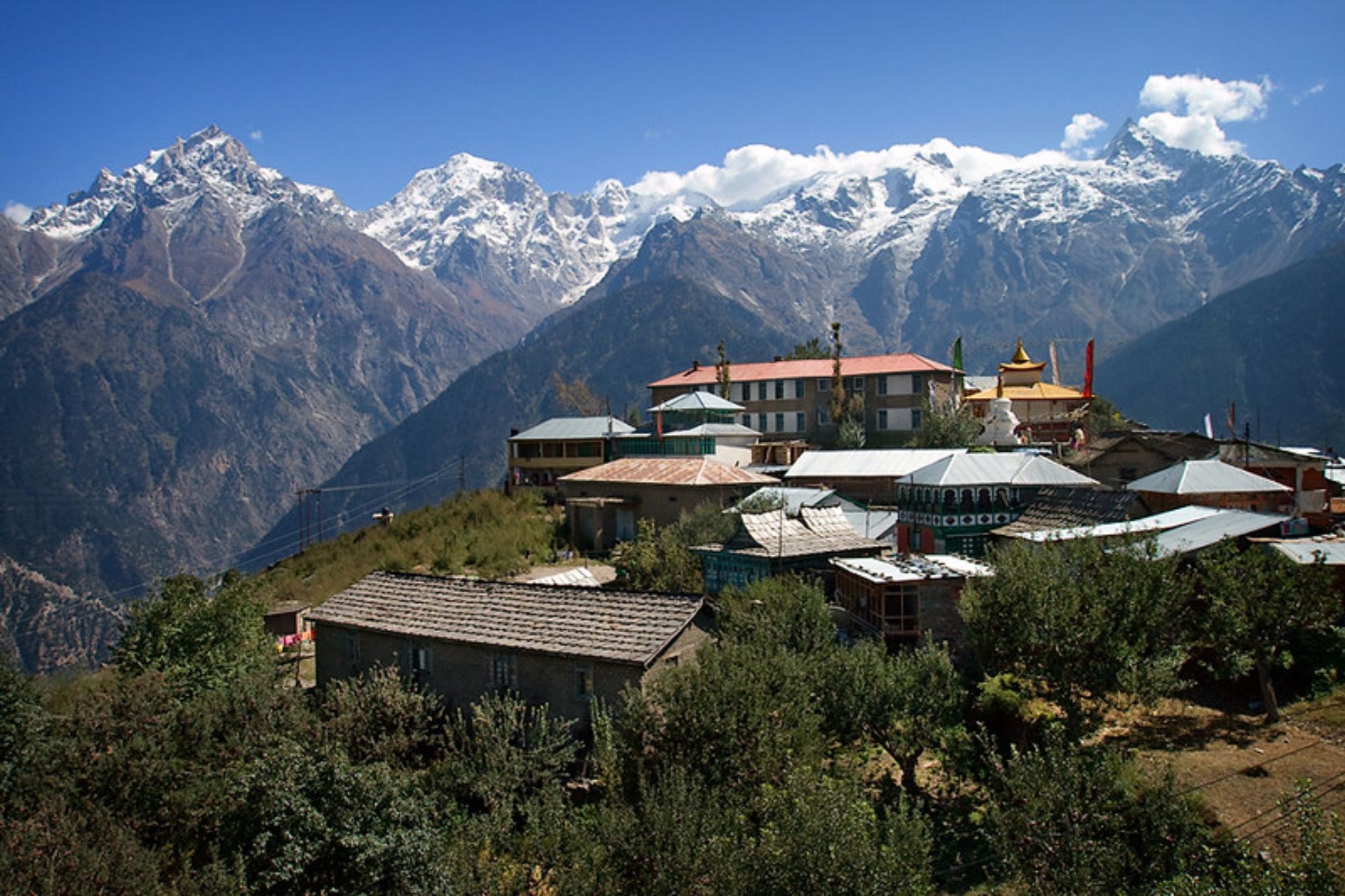
This culturally diverse region showcases the transition between Hindu and Buddhist cultures as elevation increases — creating unique opportunities to document cultural shifts through photography. Villages like Kalpa and Sangla feature distinctive architecture — with intricate wood carvings that reward macro and detail photography — while apple orchards complement traditional crops in colorful seasonal displays.
Traditional festivals mark religious calendar changes, providing vibrant cultural photography opportunities. The valley’s accessibility by road makes it ideal for photographers carrying heavier equipment, though landslides during monsoon season can disrupt travel plans. October offers the best combination of clear skies and cultural activities.
Markha Valley, India
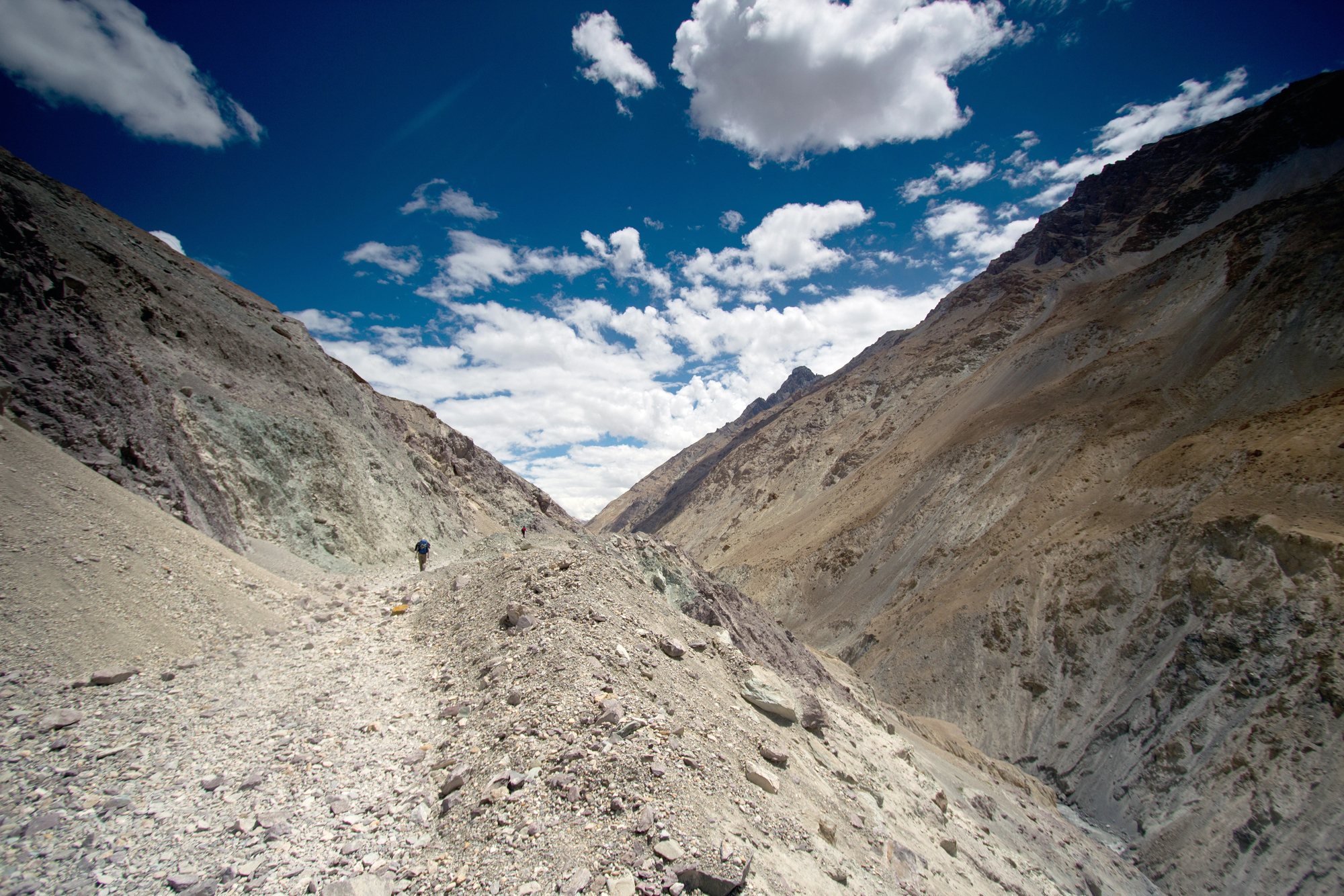
Ladakh’s Markha Valley offers encounters with traditional Ladakhi culture in spectacular high-altitude settings that provide endless landscape photography opportunities. Villages like Markha and Hankar feature traditional flat-roofed houses — creating geometric patterns against mountain backdrops — while ancient irrigation channels create leading lines through agricultural areas.
Local families practice transhumance, moving livestock seasonally between grazing areas, offering dynamic lifestyle photography subjects. The contrast between green agricultural areas and barren mountains creates striking compositions, though polarizing filters help manage the intense contrast.
Plan 6–8 days for the full trek, with July through September offering the warmest weather and most active agricultural scenes.
Like Travel Pug’s content? Follow us on MSN.
Nubra Valley, India
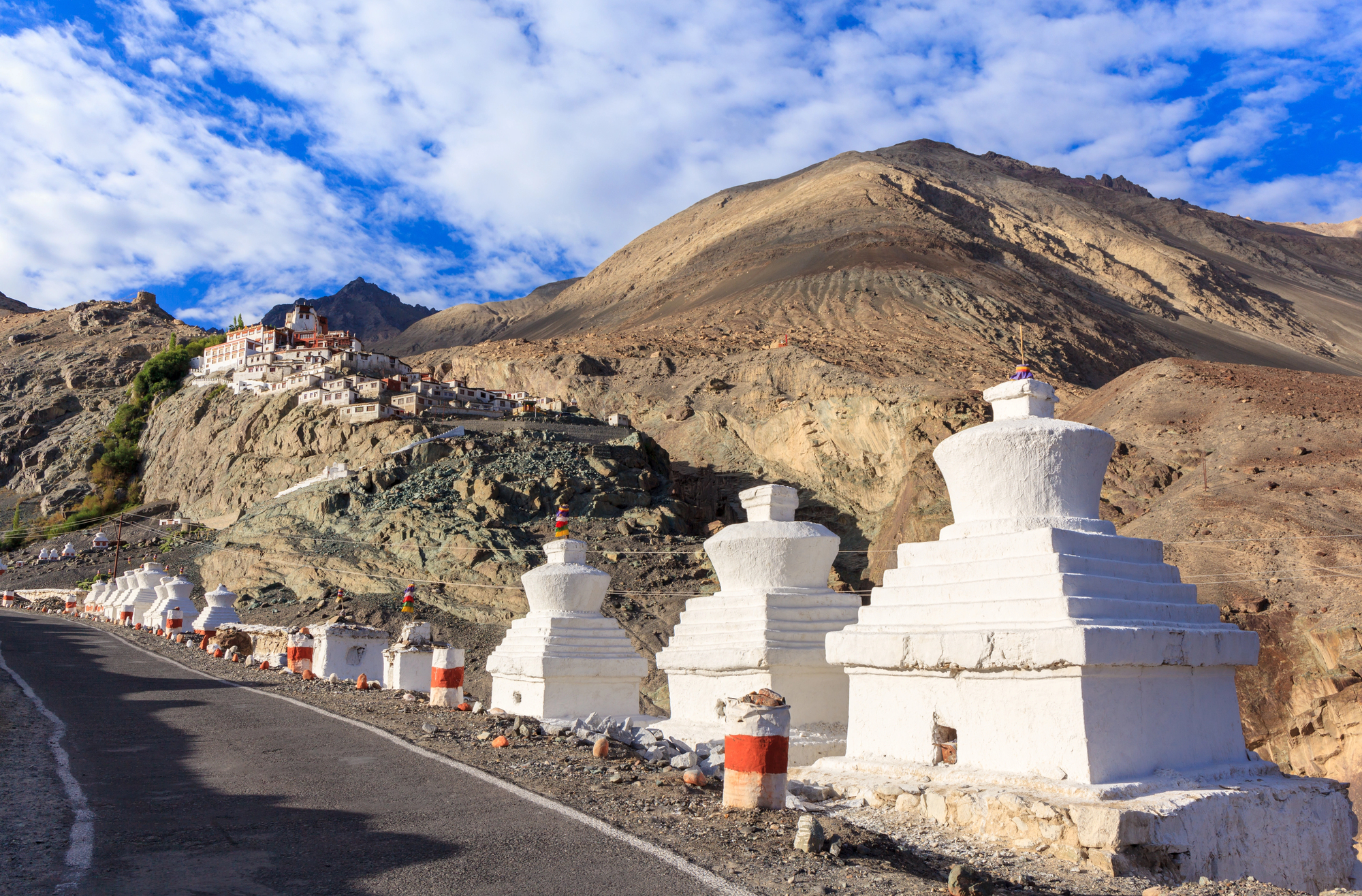
The valley of flowers beyond Khardung La preserves Balti culture that differs significantly from other Ladakhi communities — providing unique cultural documentation opportunities. Villages like Hundar and Turtuk feature traditional architecture adapted to desert conditions — creating interesting architectural photography challenges with extreme contrast — while local families maintain cultural practices that create compelling documentary subjects.
The recent opening to tourism has brought economic opportunities, yet elders preserve traditional crafts that provide excellent close-up photography subjects. Double-humped camels offer unusual mountain photography opportunities, while traditional irrigation creates oasis-like compositions. Road access makes this valley ideal for photographers with heavy equipment.
Tsum Valley, Nepal
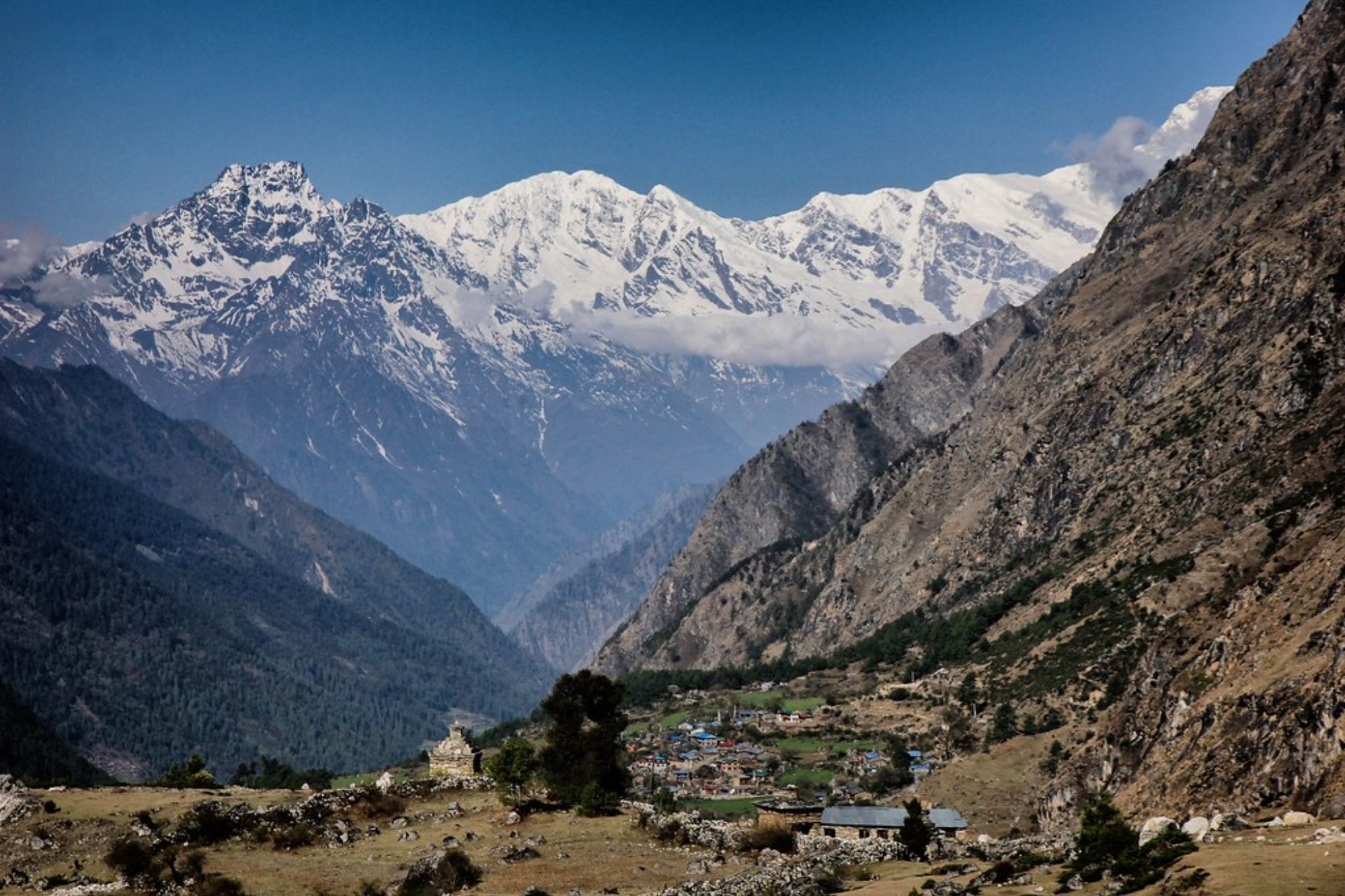
This sacred valley remained closed to outsiders until 2008, preserving Tibetan Buddhist culture in remarkable isolation. Villages practice traditional Buddhism, where all life is considered sacred, creating unique opportunities to document non-violent cultural practices.
Ancient monasteries house rare Buddhist artifacts, while traditional architecture reflects spiritual principles that create harmonious compositions. The valley’s sacred status means photography requires special sensitivity, yet cooperative subjects often result in powerful portrait work.
Restricted area permits cost $40 per day, while the trek requires 14–18 days, depending on side trips to monasteries and meditation retreats.
Manaslu Circuit, Nepal
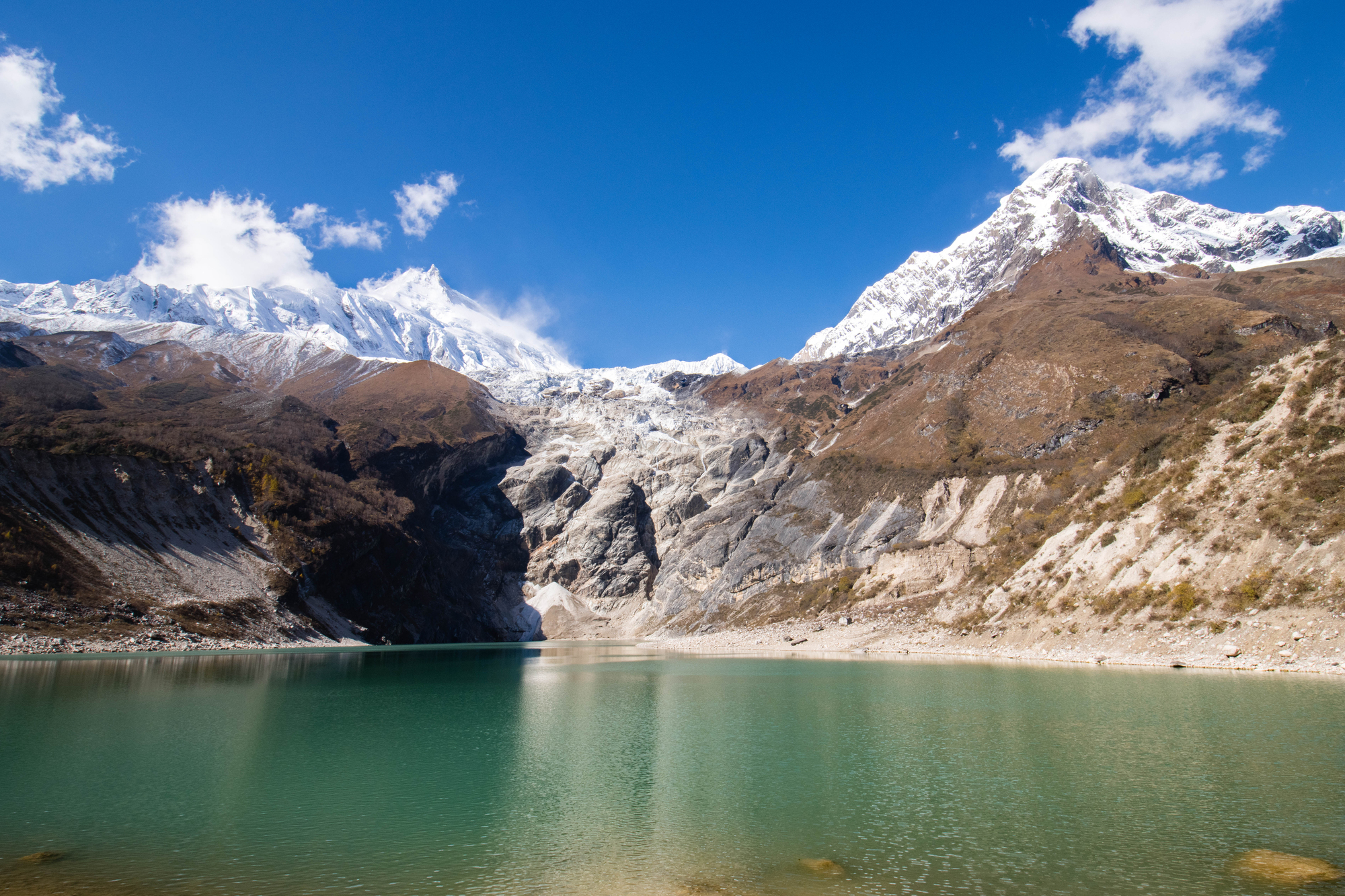
The trek around Nepal’s eighth-highest peak passes through diverse ethnic communities, each maintaining distinct cultural practices that provide varied photography subjects. Villages like Samagaon and Samdo feature traditional Tibetan architecture, yet families have adapted to increasing tourism while preserving essential customs.
Local monasteries hold ceremonies that mark seasonal changes, providing scheduled opportunities for religious photography. Traditional stories preserve historical memories, while elderly villagers often become willing portrait subjects.
The circuit takes 14–18 days, with autumn offering the clearest mountain views and most active agricultural scenes.
Like Travel Pug’s content? Follow us on MSN.
Everest Base Camp, Nepal
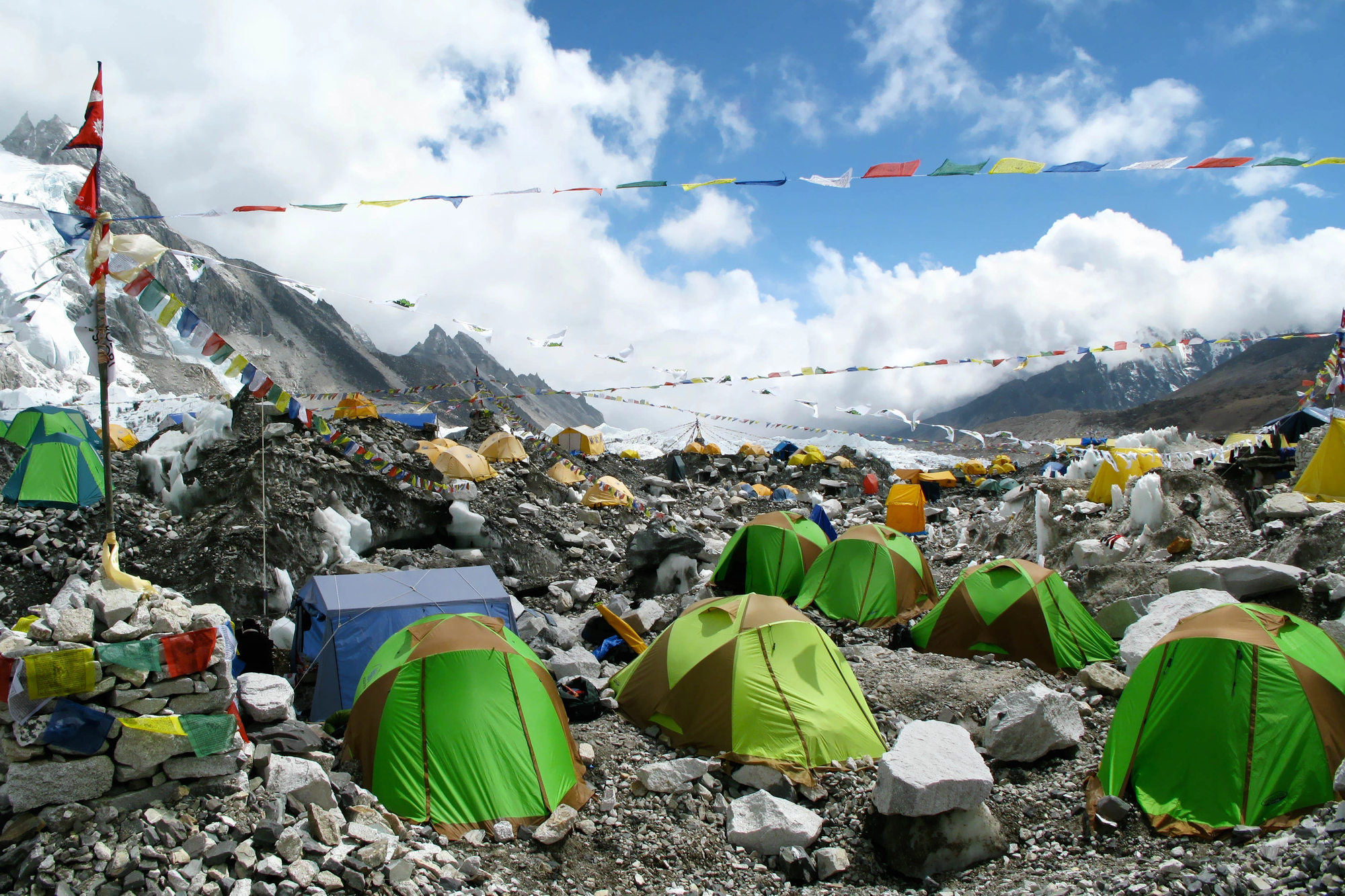
While famous for mountaineering, this route passes through Sherpa villages, where traditional culture remains vibrant despite international attention. Namche Bazaar serves as a cultural crossroads where traditional Saturday markets create bustling street photography opportunities.
Local monasteries like Tengboche maintain religious traditions, providing scheduled ceremony photography, yet younger generations increasingly pursue modern careers that create interesting cultural contrast subjects. The trek takes 12–16 days, with October and November offering the clearest mountain views.
Helicopter rescue insurance is essential, while acclimatization days provide extra time for cultural photography.
Helambu, Nepal
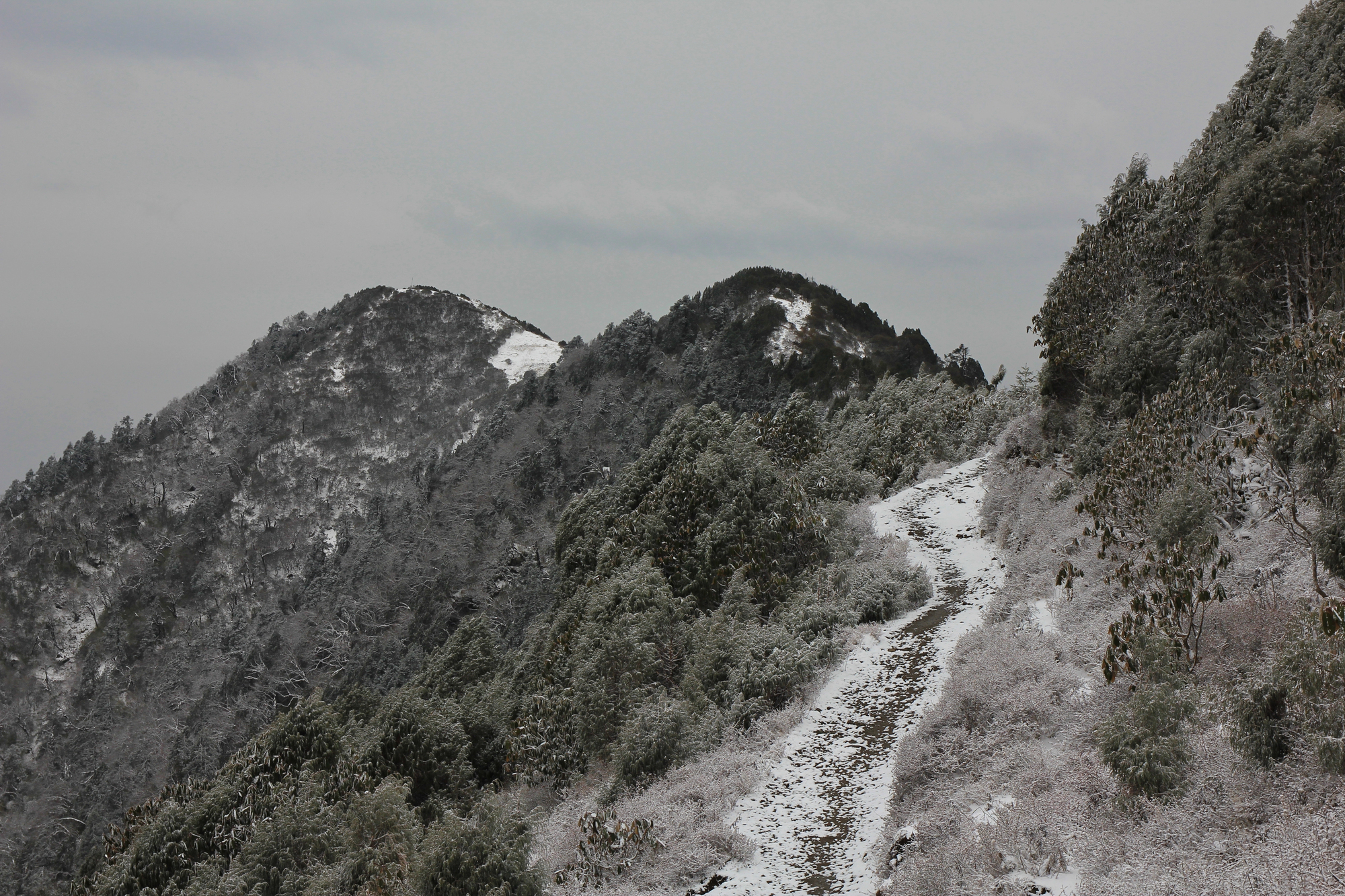
This accessible trek north of Kathmandu showcases Hyolmo culture, a distinct ethnic group with unique religious practices that provide specialized cultural documentation opportunities. Villages like Tarke Ghyang feature traditional architecture and ancient monasteries, while local families maintain customs that blend different belief systems.
Traditional crafts like carpet weaving provide excellent detail photography subjects, though younger generations increasingly migrate to urban areas. The trek’s accessibility makes it perfect for cultural photography workshops, while spring rhododendron blooms create colorful natural backdrops. Plan 5-7 days, with clear mountain views possible even during monsoon season.
Nar Phu Valley, Nepal
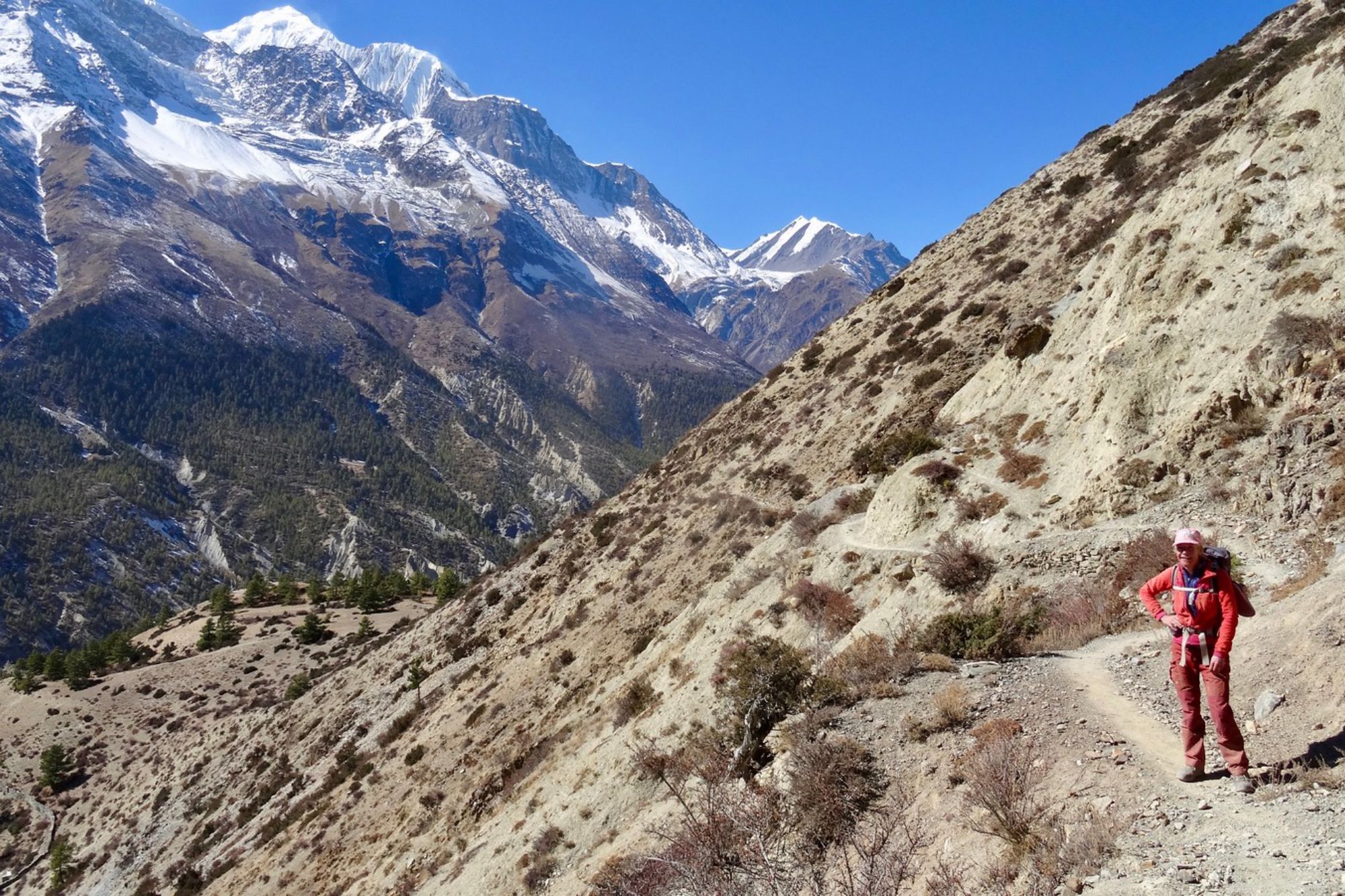
These restricted valleys preserve medieval Tibetan culture in dramatic high-altitude settings above the Annapurna Circuit. Villages like Nar and Phu feature traditional architecture adapted to extreme conditions, creating stark architectural photography opportunities.
Ancient trade routes still connect these communities, while traditional lifestyle photography captures customs unchanged over centuries. The valley’s restriction to 250 visitors annually ensures authentic cultural encounters, though permits cost $90 per week.
Plan 12–16 days, including the Annapurna Circuit approach, with autumn providing the most stable weather for high-altitude photography.
Like Travel Pug’s content? Follow us on MSN.
Bumthang Valley, Bhutan
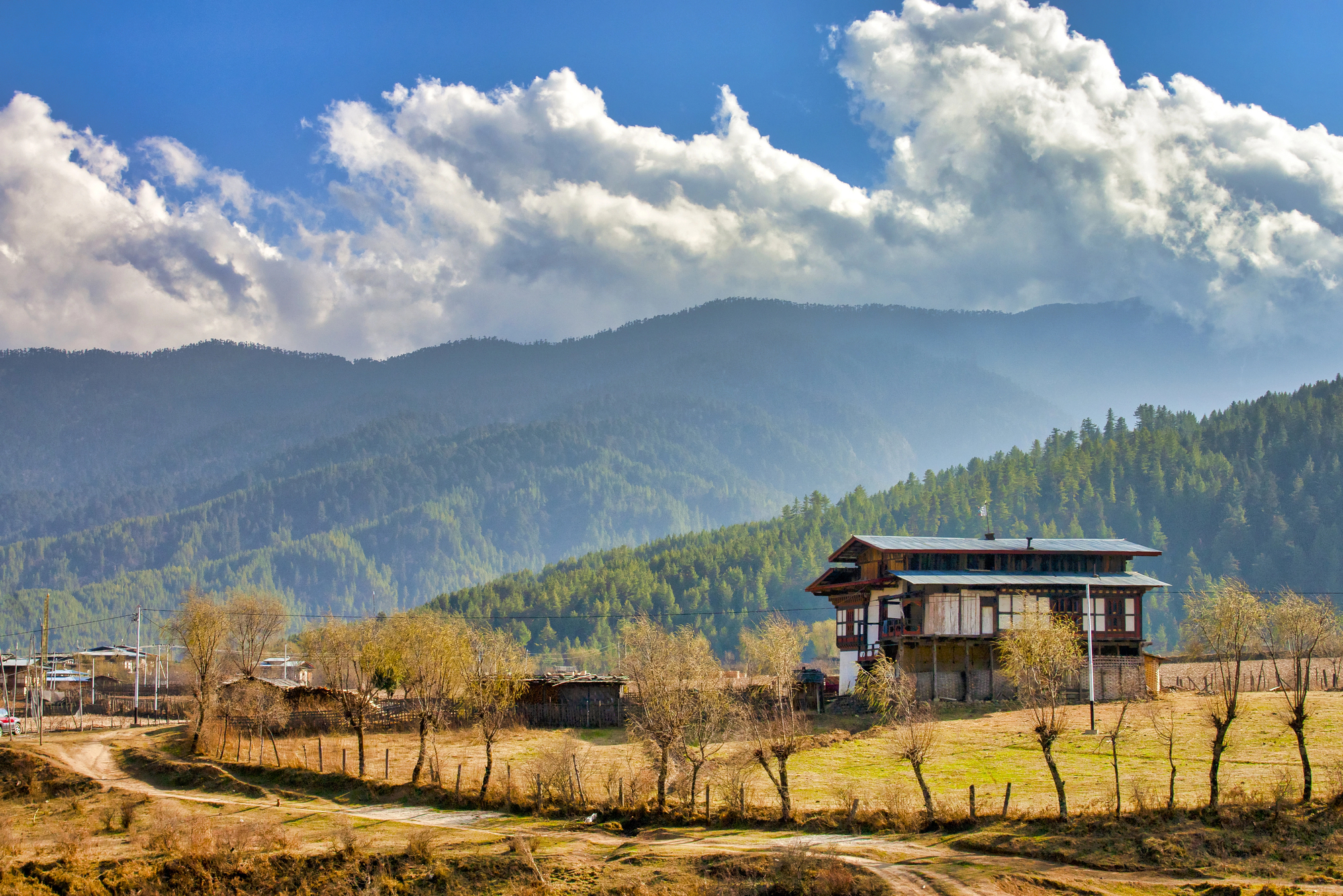
Bhutan’s cultural heartland showcases traditional architecture and religious practices in a country that prioritizes cultural preservation over economic development. Villages feature traditional farmhouses with elaborate wood carvings, providing rich architectural detail photography opportunities.
Ancient temples and monasteries maintain religious traditions that influence daily life, creating scheduled cultural photography opportunities. Local festivals celebrate seasonal changes with colorful masked dances and traditional costumes.
Bhutan’s tourism policy requires daily fees of $250, yet this ensures authentic cultural experiences without overwhelming local communities. Plan 7–10 days, with autumn festivals providing the most colorful photography opportunities.
Thanza, Bhutan
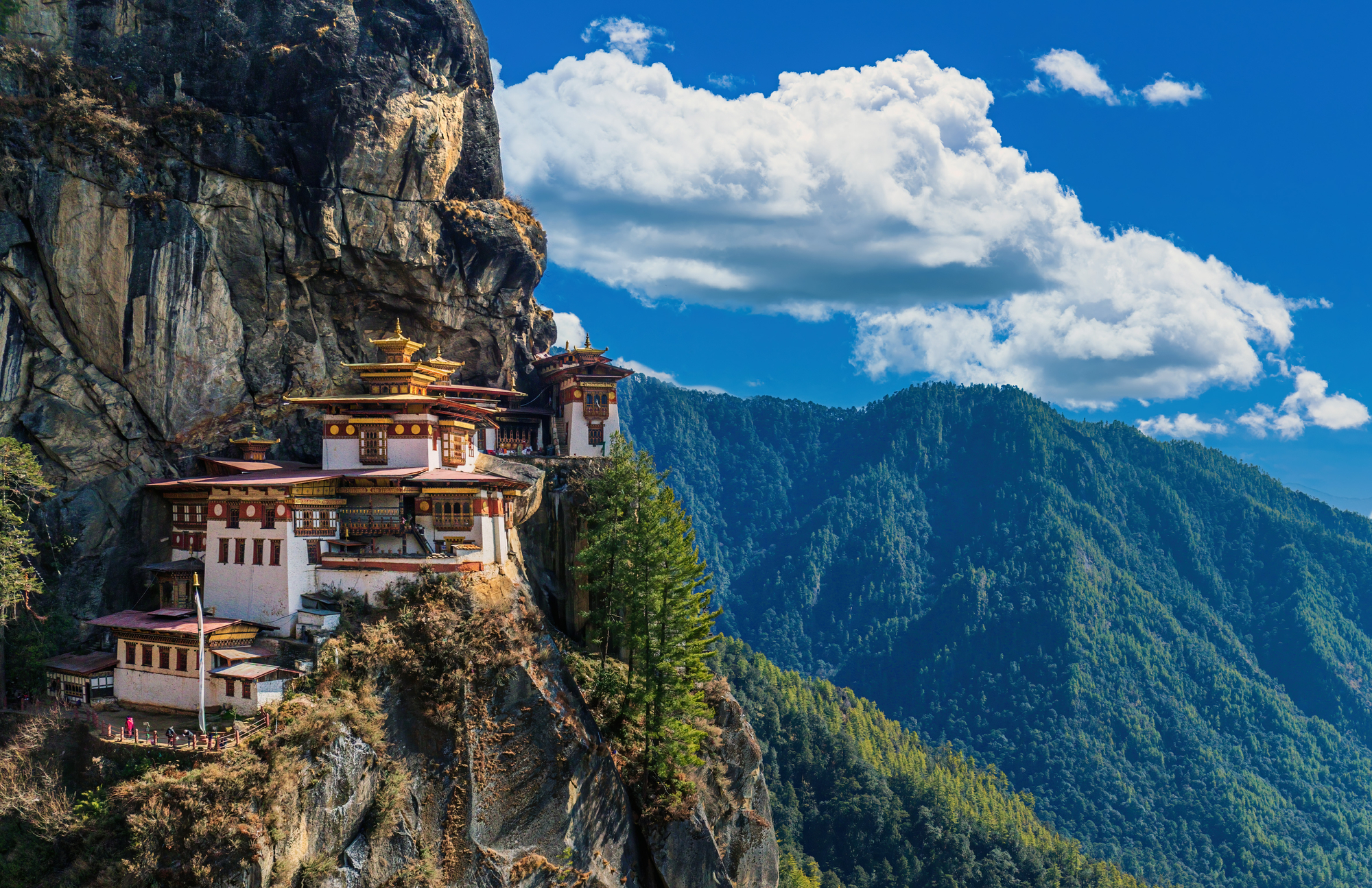
This remote village in Bhutan’s far north offers insights into high-altitude Tibetan culture within a nation that actively protects traditional ways of life. Families practice traditional yak herding and barley cultivation, providing agricultural lifestyle photography opportunities at extreme altitudes.
Local religious practices blend Buddhism with pre-Buddhist beliefs, creating unique spiritual documentation opportunities. The village’s isolation has preserved customs and languages rarely documented elsewhere, yet government policies ensure modern services reach even remote communities.
Accessing Thanza requires special permits and 12–16 days of challenging trekking, though the cultural photography opportunities justify the effort and expense.
Living Heritage in High Places
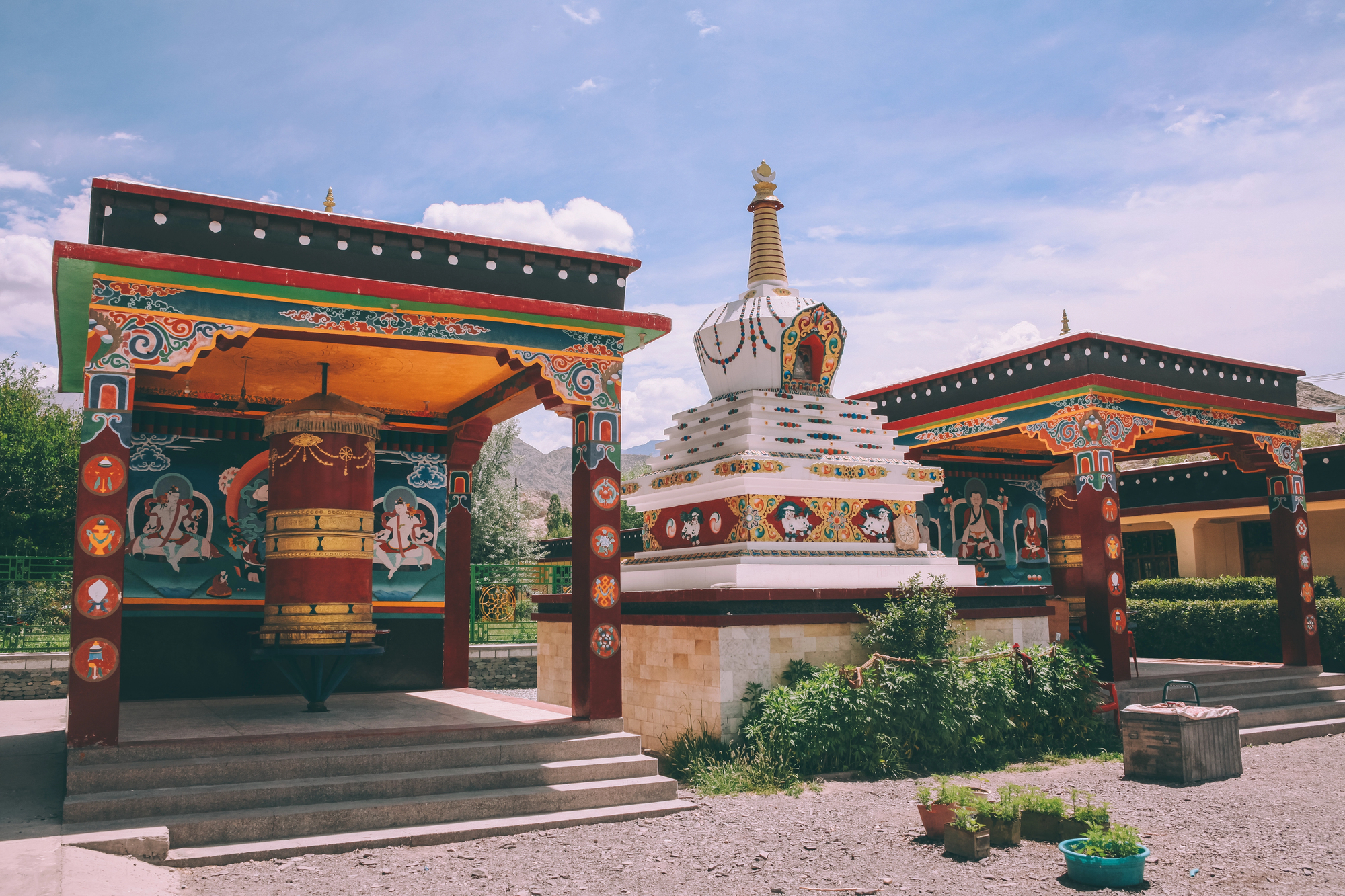
These Himalayan village treks offer far more than scenic mountain walks or typical adventure tourism experiences. They provide windows into cultural traditions that have evolved over millennia to thrive in Earth’s most challenging environments, creating unprecedented documentary photography opportunities.
Each community has developed unique solutions for survival, governance, and spiritual practice that reflect a deep understanding of mountain ecosystems and human adaptation. As modernization and climate change increasingly pressure these traditional ways of life, cultural tourism can provide economic alternatives that support preservation efforts while offering photographers authentic encounters with living heritage.
The mountains may be ancient, yet the cultures they shelter continue adapting — ensuring these communities remain vibrant subjects rather than static museum pieces for cultural documentation.
More from Travel Pug

- 20 Best Beach Towns in the Carolinas
- 13 Destinations Where Tourists Regularly Regret Their Trip
- 20 Destinations That Are More Magical Without an Itinerary
- 20 Underrated Adventures That Belong on Your Travel List
- 20 Cities Where You Should Just Wing It, No Planning Required
Like Travel Pug’s content? Follow us on MSN.
